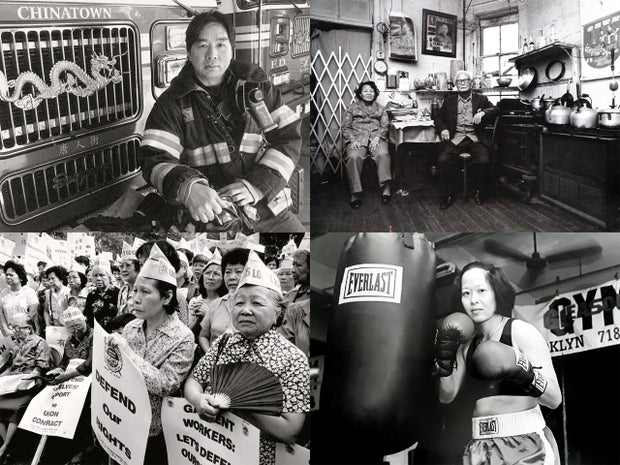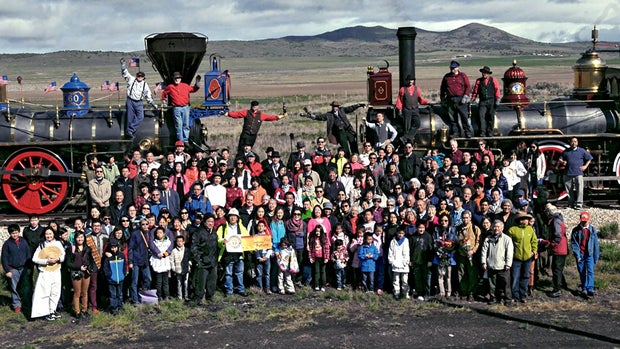About four years ago, in Covid’s heyday, we lost the photographer and activist Corky Lee. His work is the theme of a recent book, “The Asian America of Corky Lee: fifty years of photographic justice.”
We present an appreciation of his brother, John Lee:
My brother Corky Lee was a self -taught photojournalist who narrates the Asian communities in America. Like the eldest of four children born to Chinese immigrant parents, he grew up and worked in the family laundry business, and was the first in the family to graduate at the university.
As of the 1970s, Corky chose a camera as its tool for social change. Corky described his camera as a “sword against injustice” and quickly began to document, highlight and advocate for Asian American communities.
Corky Lee
The undisputed and unofficial laureate of Asian -American photographers was called himself. His hope: “After people see my photographs, they will basically learn something about what it is to be Asian -stadounse,” he once said. “It’s an attempt to educate people a photograph at the same time.”
Corky Lee
His passion for “photographic justice” was caused in his adolescence when he saw the iconic 1869 photograph of the completion of the transcontinental railroad that excluded Chinese workers.
In 2014, he finally corrected that injustice when recreating the same scene, this time with the descendants of Chinese and other Asian-American railway workers whose ancestors had been prohibited by original photography.
Corky Lee
For more than five decades, he covered manifestations of protest, cultural celebrations, labor equality, voting rights and daily life, recording and rediscovering Asian-American history when no one else would do it and few important media.
Corky’s photograph became a catalyst for ethnic studies, ensuring that the history of the Asian and islands of the Pacific is investigated, represented and taught precisely.
His photograph was convincing evidence that the Americans of Asian ancestry and island of the Pacific were not “eternal foreigners”, but is integral for American society.
Plugged He died in 2021 of CovidIn the heyday of the pandemic, an infection that he picked up while documented a campaign against the crime of Asian hatred. He died while living, wielding his camera, fighting for his depth belief that the United States was at his best when he practiced diversity, equity and inclusion of all his peoples and communities.
For more information:
History produced by Young Kim. Editor: Lauren Barnello.












